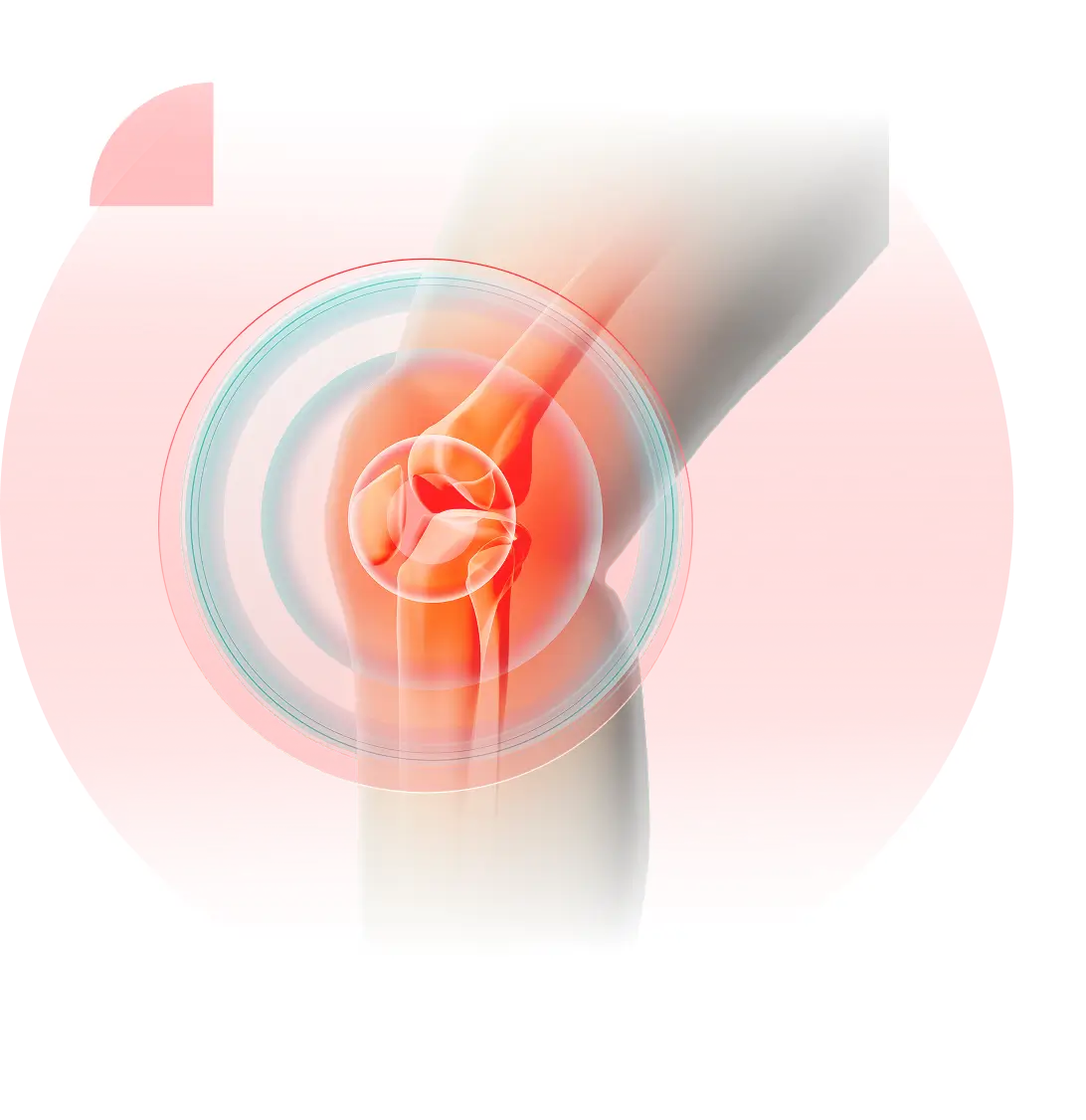Iliotibial Band (IT Band) Syndrome Specialists in Dallas
The iliotibial band runs from the hip to the knee, stabilizing movement. Trauma, overuse, or falls can inflame the band, causing friction and pain along the outer thigh. Without treatment, IT band syndrome can limit running, stairs, and daily activity. Learn more on our Patellofemoral Pain and Hip Pain pages.

Sharp pain outside knee or hip
Pain worsens with stairs or running
Tightness along outer thigh
Swelling or tenderness after activity
Clicking at the knee joint

Why Choose Us?
Fellowship-trained orthopedic & pain doctors
Sports- and trauma-focused care
Non-opioid-first: therapy, cortisone, PRP
Minimally invasive options if needed
Targeted physical therapy
Foam rolling & bracing
Cortisone
injections
Platelet-Rich Plasma (PRP)
Arthroscopy if cartilage damaged
Request Your Same-Day Iliotibial Band Evaluation
Don’t wait in pain — our expert spine specialists are available for same-day evaluations.
Yes. Falls, sports collisions, or repetitive trauma can inflame the iliotibial band, leading to pain on the outer knee or hip. Early evaluation and therapy reduce the risk of chronic pain. Learn more on our IT Band page.
No. Runner’s knee is patellofemoral pain in the front of the knee, while IT band syndrome causes pain on the outside. Both are common in athletes and respond to therapy, bracing, or injections. Learn more at Patellofemoral Pain.
Yes. Cortisone reduces inflammation where the IT band rubs over the knee. Relief may last weeks to months, often combined with therapy for long-term success. Learn more about injections on our Treatments.
Yes. PRP can promote healing of the inflamed tendon tissue. Many athletes choose PRP as a non-opioid, biologic option. Learn more about regenerative options on our PRP page.
Most patients improve in 4–8 weeks with therapy, bracing, and injections. Severe or chronic cases may take longer or need minor procedures. Early treatment speeds recovery. Learn more on our IT Band page.
Ignoring symptoms risks chronic tendon irritation and limited mobility. Early care—therapy, bracing, injections—restores function and prevents long-term disability. Learn more at our Leg, Hip & Foot Hub.